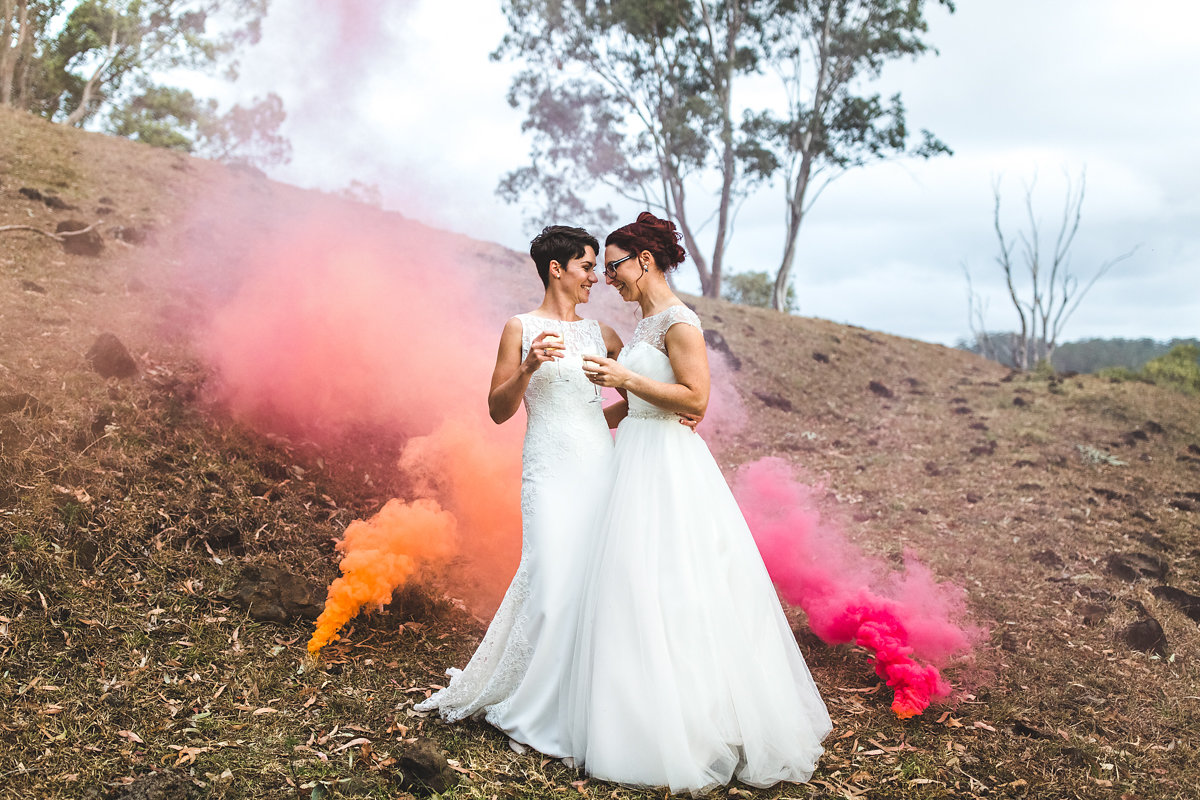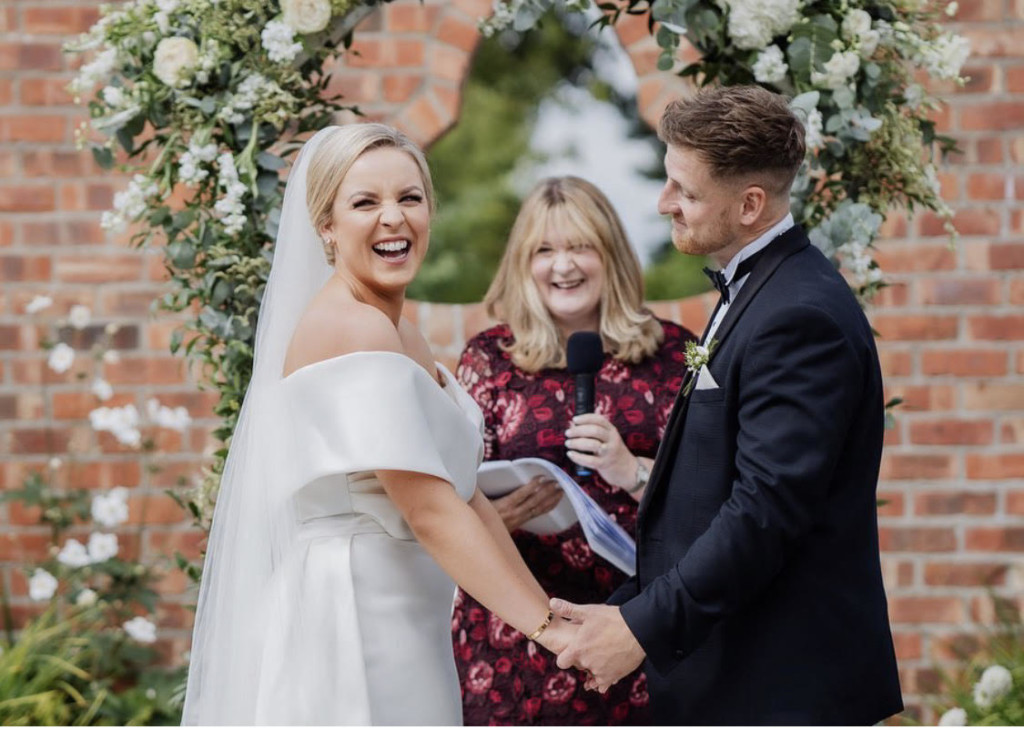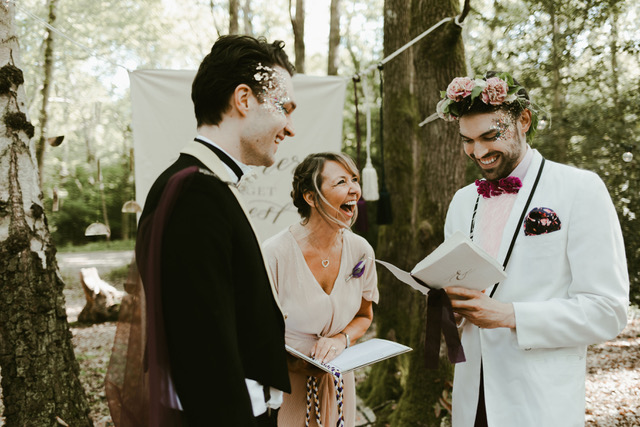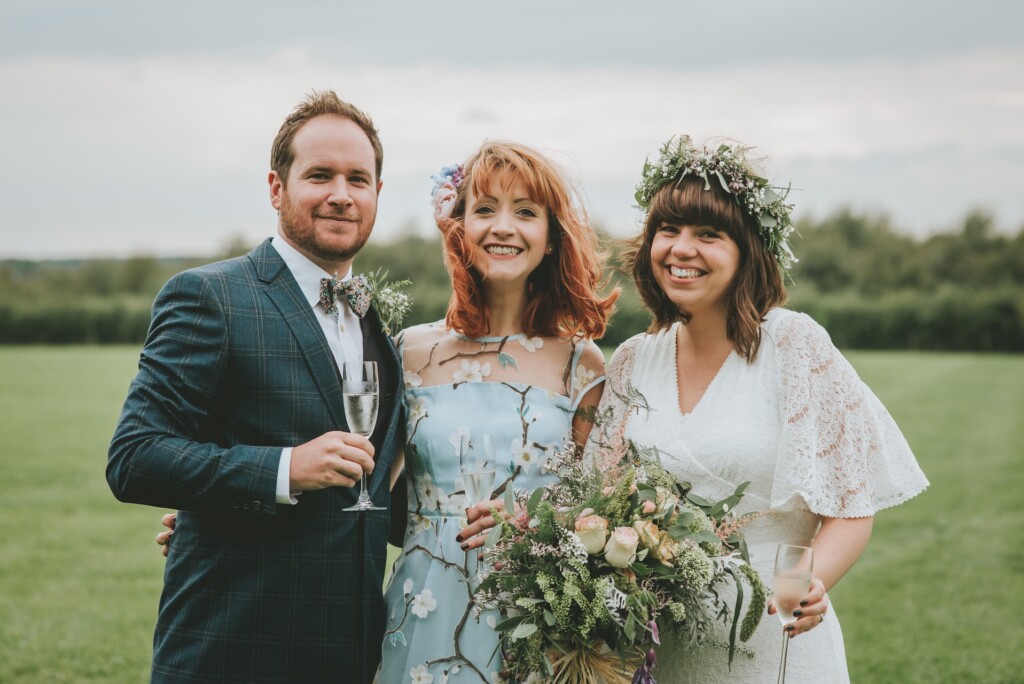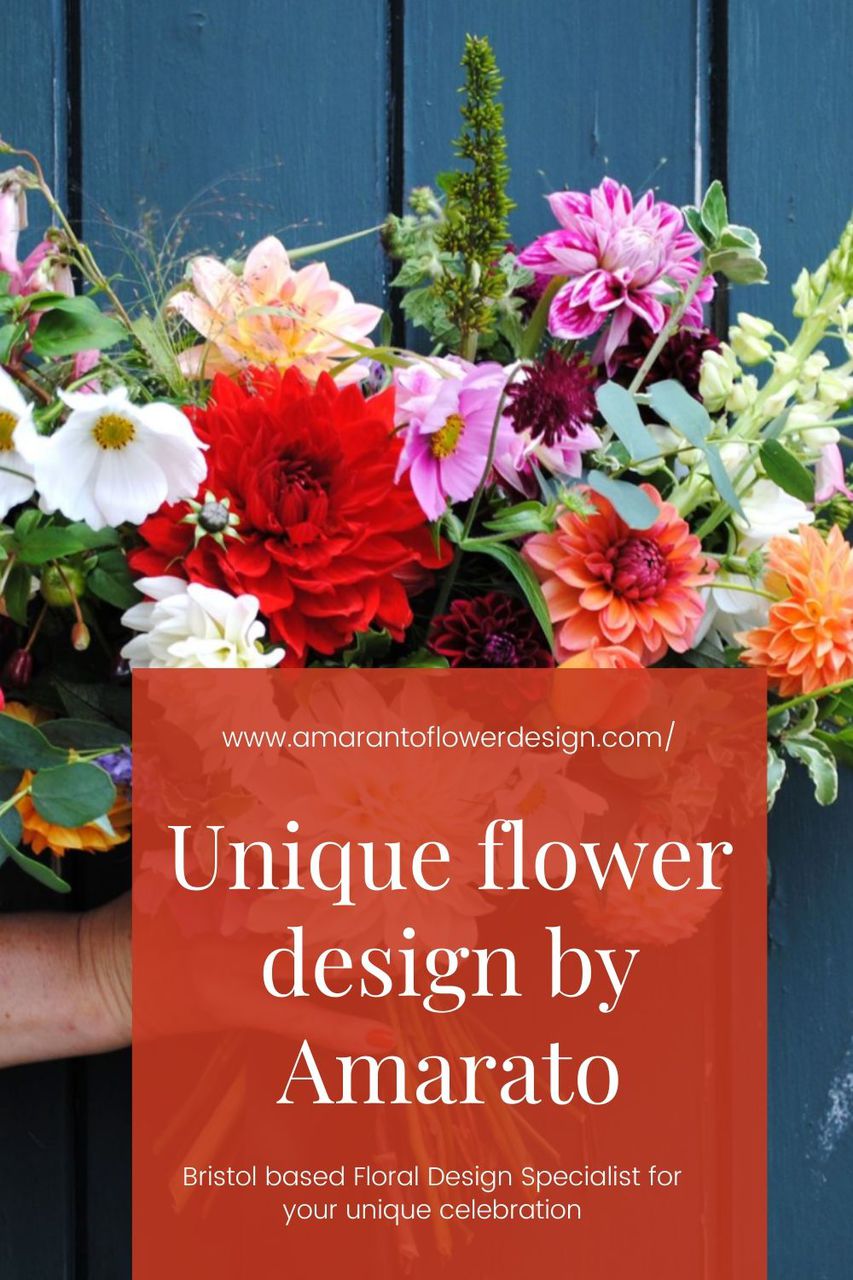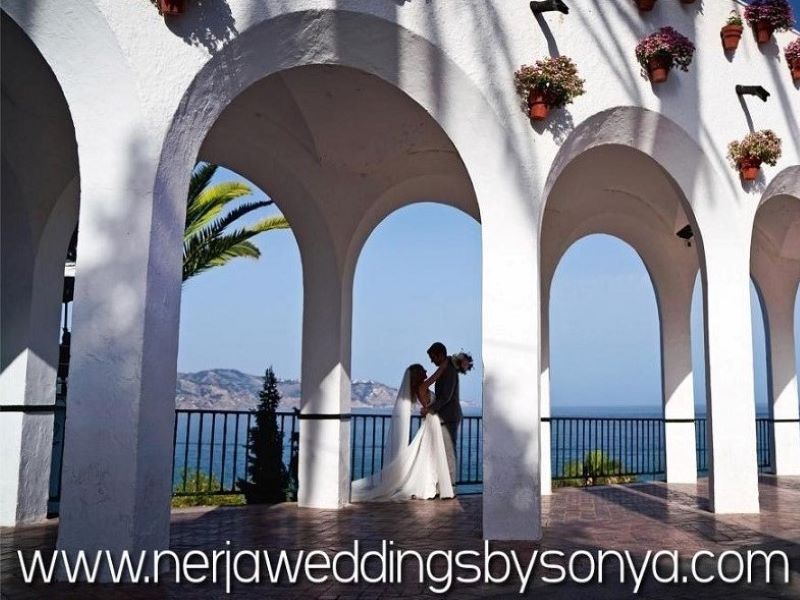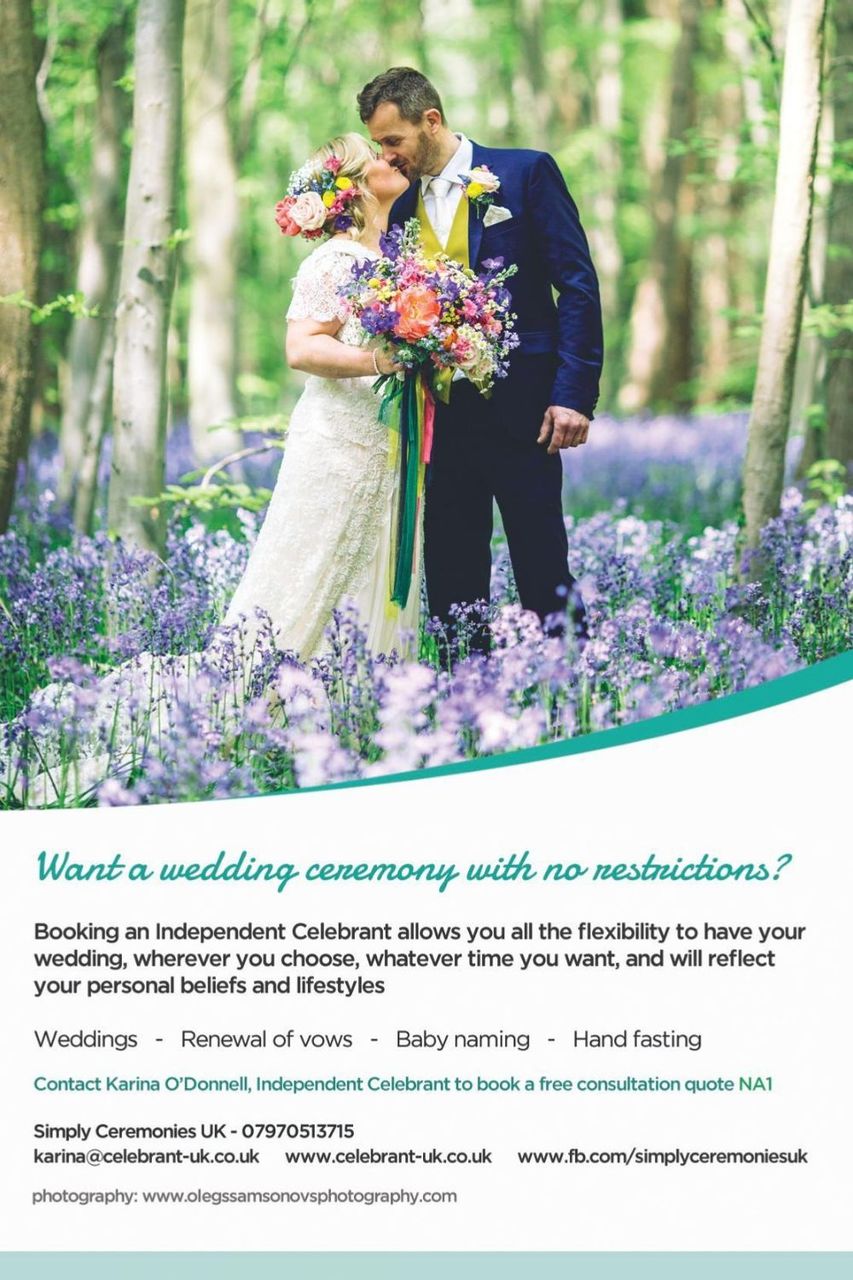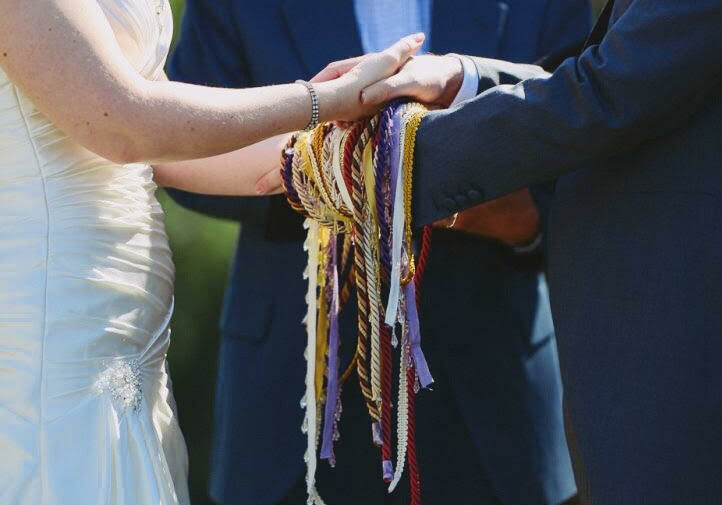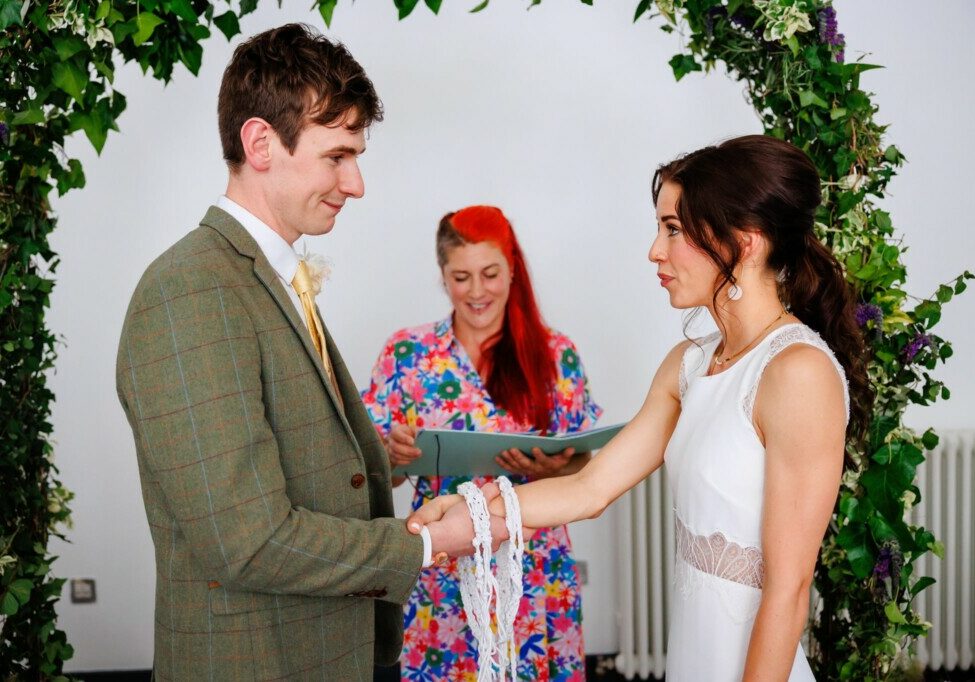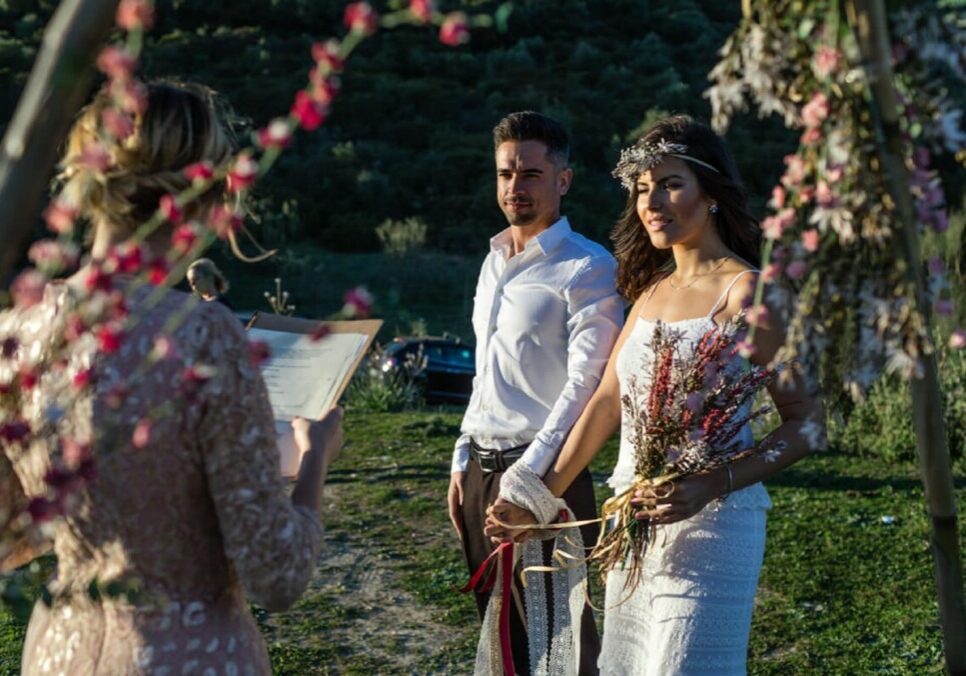40 Unity Rituals from around the World
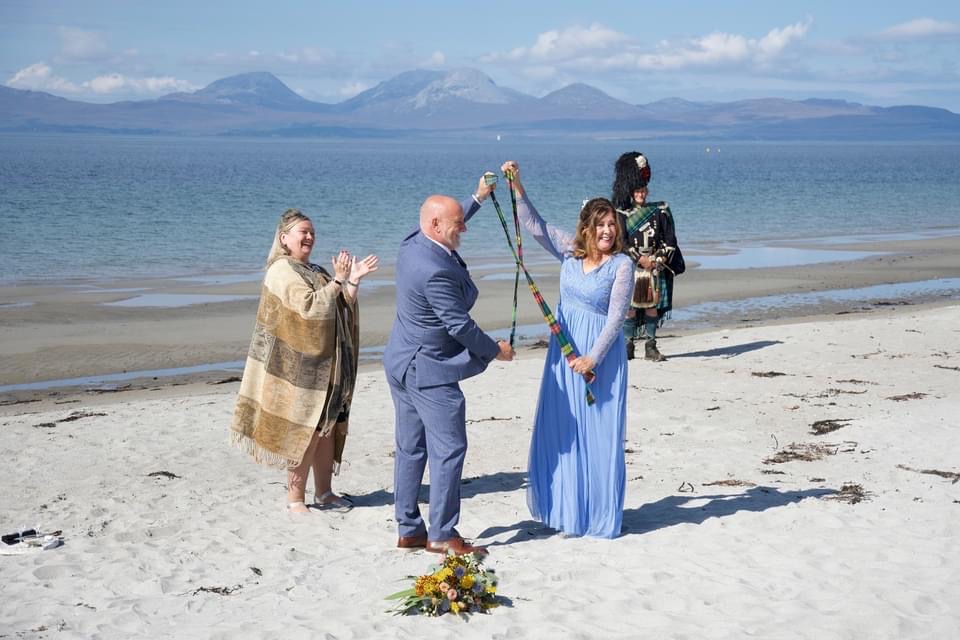
A unity ritual is a symbolic ceremony that represents the coming together of individuals, families, or communities. These rituals often symbolize unity, harmony, and the beginning of a shared journey and are often incorporated into modern wedding ceremonies as a way to honour the couple’s heritage or as a symbolic gesture. Here are some examples from around the world and from historic traditions:
Unity Rituals to Inspire Your Ceremony
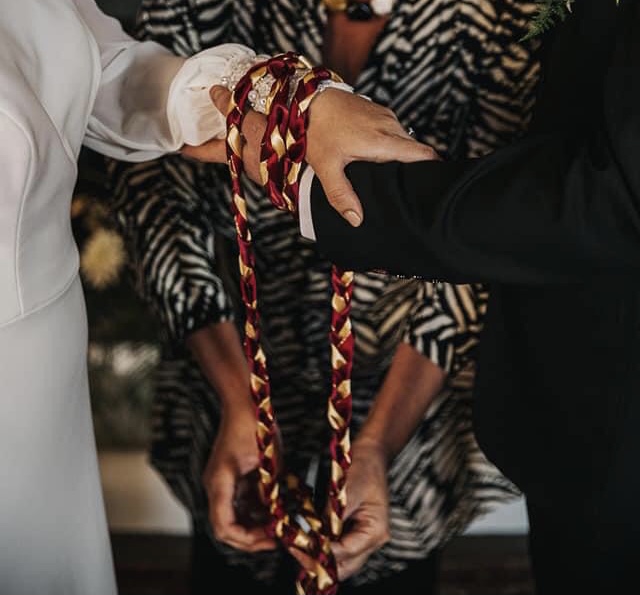
- The Unity Candle (Western Tradition): Common in Western weddings, two separate candles are used to light a third, larger candle, symbolizing the joining of two lives into one.
- Sand Ceremony (Native American Origin): Participants pour different coloured sands into a single vessel, representing the blending of lives and families.
- Handfasting (Norse/ Celtic Tradition): In both ancient Celtic and Norse tradition, the hands of the couple are tied together with a cord or ribbon to symbolize their binding union.
- The Common Cup (Greek/ Norse / French Tradition): In greek tradition sharing wine from a single cup represents sharing life’s joys and burdens. In Norse tradition it was known as Drinking from the Bragr Cup: Sharing a cup of mead or ale, often during a ceremonial speech, symbolizes unity and the shared life ahead and in French Tradition La Coupe de Mariage involves the couple drinking from a two-handled cup, symbolizing their union and shared life.
- Circle Casting: (Pagan Tradition) A sacred circle is cast to create a protected space for the ceremony, symbolizing the unity of all elements and the couple’s connection to nature.
- Saptapadi (Hindu/ Buddhist Traditions): In Hindu weddings, the couple takes seven steps together, each step representing a vow and aspect of their married life. Similar to the Hindu tradition, some Buddhist weddings feature the couple taking seven steps together, each representing a vow and aspiration for their married life.
- Water and Lava Rock Ceremony (Hawaiian Tradition): This ritual involves the couple pouring water over a lava rock, representing the blending of their lives and the foundation of their relationship in the strength and enduring nature of the rock.
- Jumping the Broom (Pagan / African-American Tradition): Although also present in African-American traditions, this ritual has roots in Paganism. It symbolizes the sweeping away of the old and welcoming the new life together. Couples jump over a broom together at the end of the ceremony.
- Veil Covering(Slavic Tradition): The bride’s veil is sometimes replaced with a scarf during the ceremony, symbolizing her transition from a bride to a married woman.
- Tea Ceremony (Chinese Tradition): In Chinese culture, serving tea to elders symbolizes respect and gratitude, often part of weddings to honour the merging of families.
- Polterabend (German Tradition): Breaking porcelain dishes the night before the wedding, believed to bring good luck.
- Stone Ritual (Pagan Tradition): Couples hold or place stones during the ceremony to symbolize the strength and endurance of their relationship.
- Bell of Truce (Irish Tradition): An Irish wedding bell is rung, symbolizing harmony and the end of discord.
- Bread and Salt (Slavic Tradition): In some Slavic cultures, bread and salt are given to the newlyweds, symbolizing prosperity and the hardships they will face together.
- Ring Warming Ceremony (Nordic Tradition): Wedding rings are passed around for guests to imbue with good wishes.
- Blending of Wine or Mead (Pagan Tradition): In this ritual, two types of wine or mead are blended together and shared by the couple, symbolizing the union of their individual lives into one.
- Water Pouring Ceremony (Buddhist Tradition): Water is poured from a sacred vessel over the couple’s hands, symbolizing purity, cleansing, and the unity of their lives.
- Chuppah (Jewish Tradition): The wedding canopy, or chuppah, represents the couple’s new home and their unity under one roof. It’s open on all sides, symbolizing hospitality and community.
- Smoking Ceremony (Aboriginal Tradition): This traditional Aboriginal ritual involves burning native plants to produce smoke, which is believed to have cleansing properties and the ability to ward off bad spirits.
- Lei Exchange (Hawaiian Tradition): In Hawaiian weddings, the exchange of leis is a common practice. The lei, a symbol of love and respect, is placed around the neck of the partner, signifying the unity and affection between the couple.
- Planting a Tree (Pagan Tradition): Couples plant a tree together, symbolizing growth, strength, and the nurturing of their relationship over time.
- Yoruba (Nigerian Tradition): The Yoruba tradition includes the “Tasting the Four Elements” ritual, where the couple tastes foods that are sweet, sour, bitter, and hot to symbolize enduring all aspects of life together.
- Water & Fire (Balinese Tradition) The couple may perform a ritual involving water and fire to represent purification and the balance of life.
- Mangalasutra (Indian Tradition) Mangalasutra is performed by the groom who ties a sacred necklace around the bride’s neck, symbolizing marital commitment.
- Circling the Sacred Fire (Buddhist Tradition): The couple may walk around a sacred fire, symbolizing the elements and the couple’s connection to the natural world.
- Baumstamm Sägen (Log Sawing) (German Unity tradition): After the ceremony, the couple saws a log together, symbolizing their teamwork and ability to overcome obstacles.
- Crowning (Nordic/Slavic/ Greek Orthodox Tradition): In some Nordic countries, crowns are used in the ceremony to symbolize the nobility of marriage. In Greek Orthodox weddings, crowns are connected by a ribbon and placed on the couple’s heads, symbolizing their unity and the kingdom of their new life together. In Slavic Tradition, Similar to some Orthodox traditions, crowns are placed on the couple’s heads, signifying their importance on this day and the responsibilities they are taking on.
- Ransom for the Bride (Slavic Tradition): A playful tradition where the groom must complete tasks or pay a mock ransom to the bride’s family to “retrieve” her.
- San San Kudo (Japanese Tradition): A ritual where the couple takes three sips each from three cups of sake, symbolizing the bonding of their families.
- Paebaek (Korean Tradition) : A ceremony involving the couple performing deep bows to their families and sharing dates and chestnuts, symbolizing children and a healthy marriage.
- Sword Ceremony (Norse Tradition): The groom passes his ancestral sword to the bride, symbolizing the transfer of protection to the home, while the bride may give the groom a sword representing loyalty and unity.
- Amhara (Ethiopian Tradition): In Amhara weddings, the “Melse” ceremony is held on the second day, where the bride and groom wear traditional clothing and partake in a bread-breaking ceremony.
- Crossing Sticks (Caribbean Tradition): In some island cultures, couples cross wooden sticks, representing the start of their life together.
- Ava Ceremony (Samoan Tradition): A ritual involving a ceremonial drink (Ava) to honor the couple and seek blessings.
- Circle Dance (Danish Tradition): A traditional dance where guests circle around the bride, who later cuts off the toe of her shoe to symbolize never running away from her husband.
- Arras (Spanish Tradition) The Spanish tradition of Arras involves the bride and groom exchanging 13 gold coins (arras), symbolizing wealth and shared financial responsibilities.
- Zaffa (Egyptian and Levant Tradition): A musical procession of drums, dancers, and performers to celebrate the couple.
- Lazo or Yugal (Mexican Tradition) The “lazo” or “yugal” is a symbolic rope or rosary looped around the couple’s necks in a figure-eight, symbolizing unity.
- Showering of Gold and Money (Gulf Countries): Guests often shower the couple with money or gold, symbolizing wealth and prosperity.
- Veil and Cord (Philippino Tradition): The veil and cord ceremony involves pinning a white veil on the couple and looping a ceremonial cord around them, symbolizing unity and the bond of marriage.
Incorporating Unity Rituals in Your Ceremony
Incorporating different unity rituals in a wedding ceremony depends on the type of ritual and the flow of the ceremony. Generally, here’s how and where you might incorporate them:
- Beginning of the Ceremony: Rituals like the lighting of unity candles or the mixing of sand can be incorporated after the couple’s entrance as a symbol of the start of their united life.
- Middle of the Ceremony: Rituals like handfasting or cultural-specific rites can be incorporated after the vows but before the exchange of rings. This placement symbolizes the binding of the couple’s promises.
- End of the Ceremony: Rituals like jumping the broom or breaking the glass are often saved for the end of the ceremony, right before or after the pronouncement of marriage. These signify the final steps of the ceremony and the beginning of the couple’s life together.
Each ritual has its own significance and ideal placement within the ceremony, and it’s important to consider the overall flow and meaning when deciding where to incorporate them.
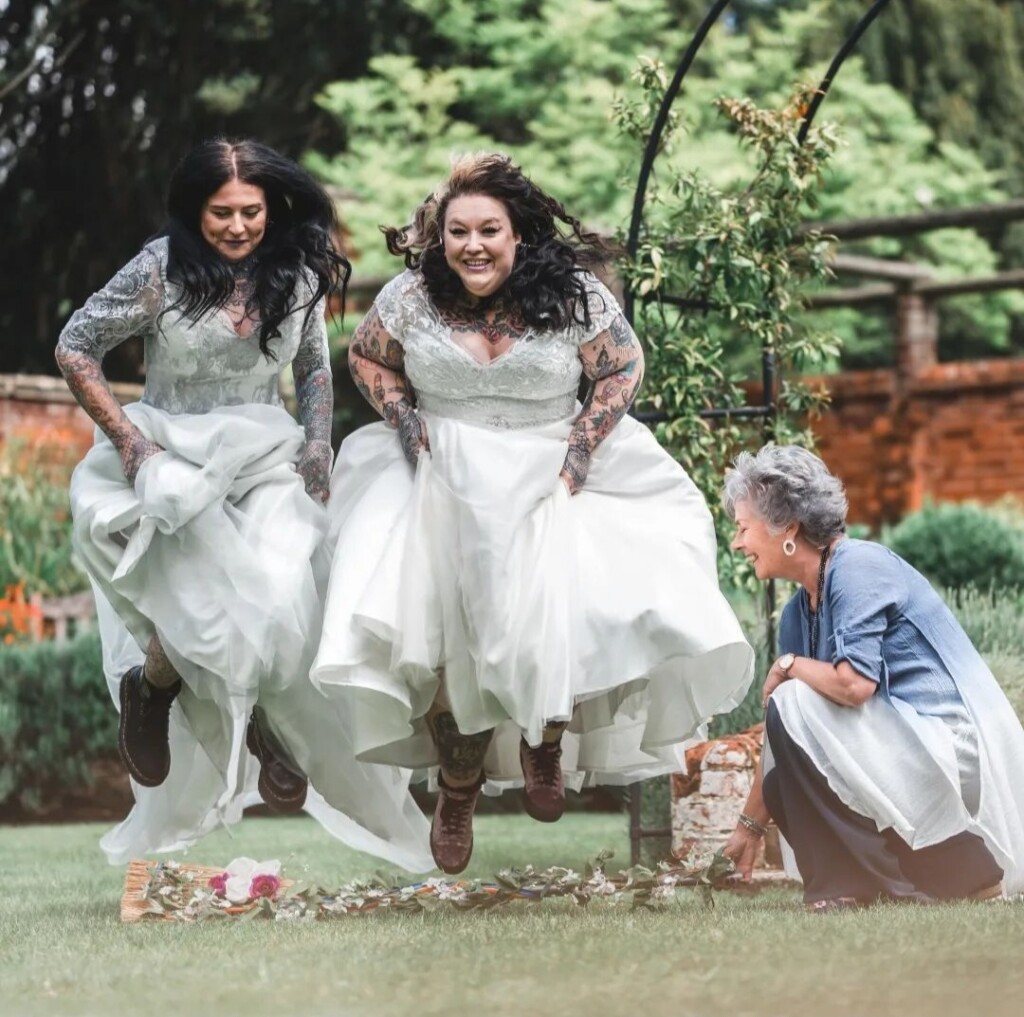
Celebrant-led unity rituals
In traditional religious weddings, certain rituals might not be incorporated due to specific religious doctrines or the structured nature of the ceremony, which might not accommodate additional or non-traditional elements. A professional celebrant, especially in a non-religious or interfaith setting, can offer the flexibility needed to include a variety of unity rituals.
Celebrants can help you weave rituals and meaning into your ceremony and can help in a number of ways…
- Expertise in Rituals: Celebrants often have a deep understanding of various unity rituals, both traditional and modern, and can offer guidance on how to integrate them seamlessly into your ceremony.
- Personalising your ceremony: Celebrants can tailor the ceremony to your preferences, ensuring that the rituals reflect your personal story and values.
- Flexibility: Unlike traditional religious weddings, which may have strict formats, celebrants can offer more flexibility, allowing for a wider range of rituals and customs.
- Coordination and Flow: A celebrant can skillfully orchestrate the ceremony, ensuring that each ritual is conducted smoothly and at the right moment, contributing to a cohesive and meaningful experience.
These rituals, rich in symbolism, are integral parts of cultural and family traditions, often passed down through generations, and have been adapted in various ways in modern ceremonies.
subscribe
drop us your email and we'll send you beautiful ideas to inspire your perfect celebration
